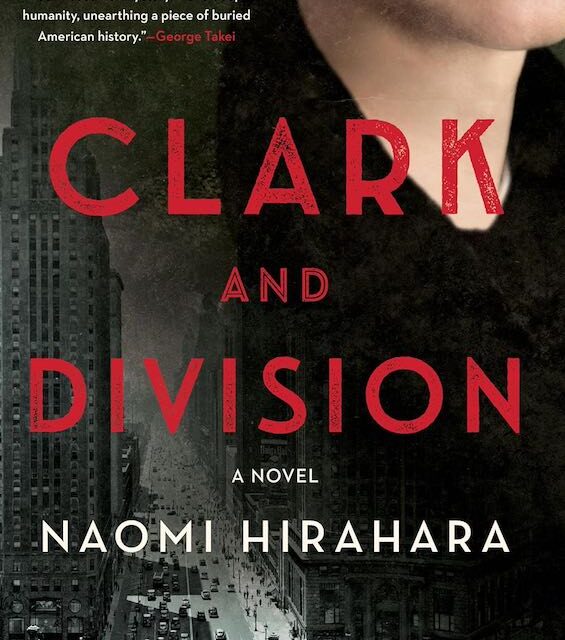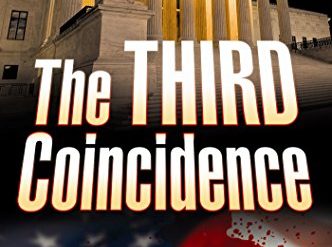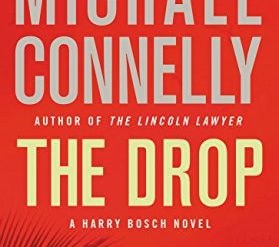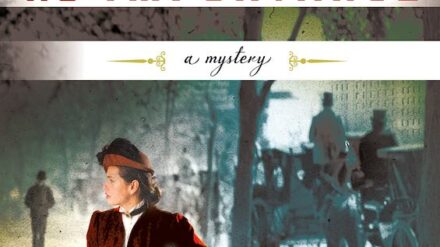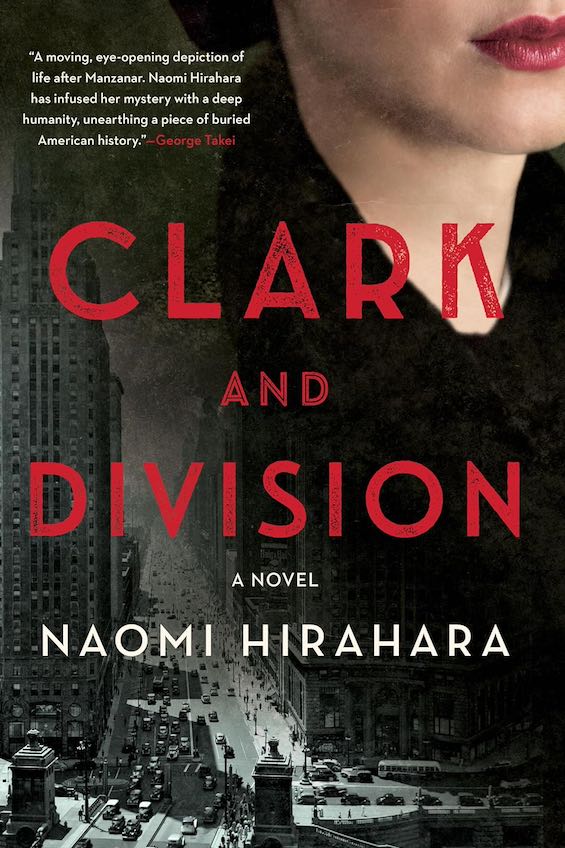
Estimated reading time: 4 minutes
Aki Ito arrives in Chicago with her family in January 1944 expecting to find her glamorous big sister, Rose, waiting for them. Finally, the family is reuniting after two years in the desert concentration camp of Manzanar. But Rose is missing. And all too soon, Aki learns that her beloved sister had died under the wheels of a subway train. The police insist it was suicide. But, certain she knows better, Aki dedicates herself single-mindedly to learning what happened, and why. And that’s the story Naomi Hirahara tells with such sensitivity and insight in her novel, Clark and Division. It’s a suspenseful tale of one woman’s dogged quest to solve a murder the police insist was not a murder at all.
As Aki and her family adjust to poverty after living comfortable lives in Los Angeles, she sets out on a journey through the underbelly of Chicago society. Police corruption. Narcotics traffic. Underground abortion clinics. And ubiquitous racism. Barely past her teens, Aki grows up fast as she slowly—ever so slowly—pieces together the circumstances that led to her sister’s tragic death. And along the way we learn a great deal about the dynamics and customs of WWII Japanese American society. We also gain perspective on the internment of loyal US citizens in a great historical injustice. In an apology when signing a bill providing restitution in 1988, President Ronald Reagan called the internment a “wrong” and a “mistake.”
Clark and Division (Japantown Mystery #1) by Naomi Hirahara (2021) 312 pages ★★★★★
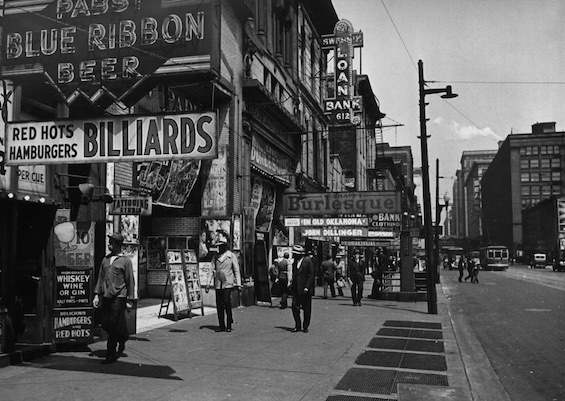
The historical background
On February 19, 1942, just two months after the Japanese attack on Pearl Harbor, President Franklin Roosevelt issued Executive Order 9066. This constitutionally and morally questionable act required the internment of Japanese Americans in a network of ten hastily built concentration camps. (There were no such camps for German and Italian aliens.) The order quickly went into effect on the West Coast, all of which was officially a military area. And troops soon rounded up 112,000 Japanese Americans, 70,000 of whom were American citizens. (The military eventually interned total of 120,000.) Internees left behind homes and businesses they would never be able to reclaim. But there was no alternative and no appeal. They lived crowded together in barracks behind barbed wire in camps situated throughout the West but far from the coast.
The National Archives reveals, “As the war drew to a close, ‘internment camps’ were slowly evacuated. While some persons of Japanese ancestry returned to their hometowns, others sought new surroundings. For example, the Japanese-American community of Tacoma, Washington, had been sent to three different centers; only 30 percent returned to Tacoma after the war. Japanese Americans from Fresno had gone to Manzanar; 80 percent returned to their hometown.” Thus, the Ito family’s saga from Los Angeles to Manzanar to Chicago is not exceptional in any way.
About the author
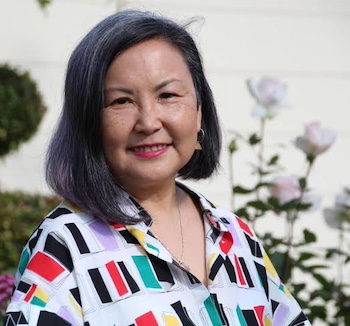
Naomi Hirahara is the former editor of the largest Japanese American daily newspaper and the author of thirteen mystery novels and numerous nonfiction history books. She won the Edgar Award for one of the novels in her longest-running series. It features Mas Arai, an aging Japanese American gardener who was a survivor of the atomic bomb. Clark and Division was her first historical novel. It won the Mary Higgins Clark Award, which is one of the Edgar Awards.
Hirahara writes in both English and Japanese, which she studied in Tokyo after receiving her bachelor’s degree in international relations from Stanford University. She began her career in fiction in 1996, when she quit her job to write full-time. Hirahara was born in 1962 to parents who had survived the nuclear bombing of Hiroshima.
For related reading
You’ll find this book in good company on Top 10 historical mysteries and thrillers and The 10 best novels about World War II.
You might also enjoy my posts:
- 26 mysteries to keep you reading at night
- Top 10 mystery and thriller series
- 20 excellent standalone mysteries and thrillers
- 30 outstanding detective series from around the world
- Top 20 suspenseful detective novels
And you can always find my most popular reviews, and the most recent ones, on the Home Page.

